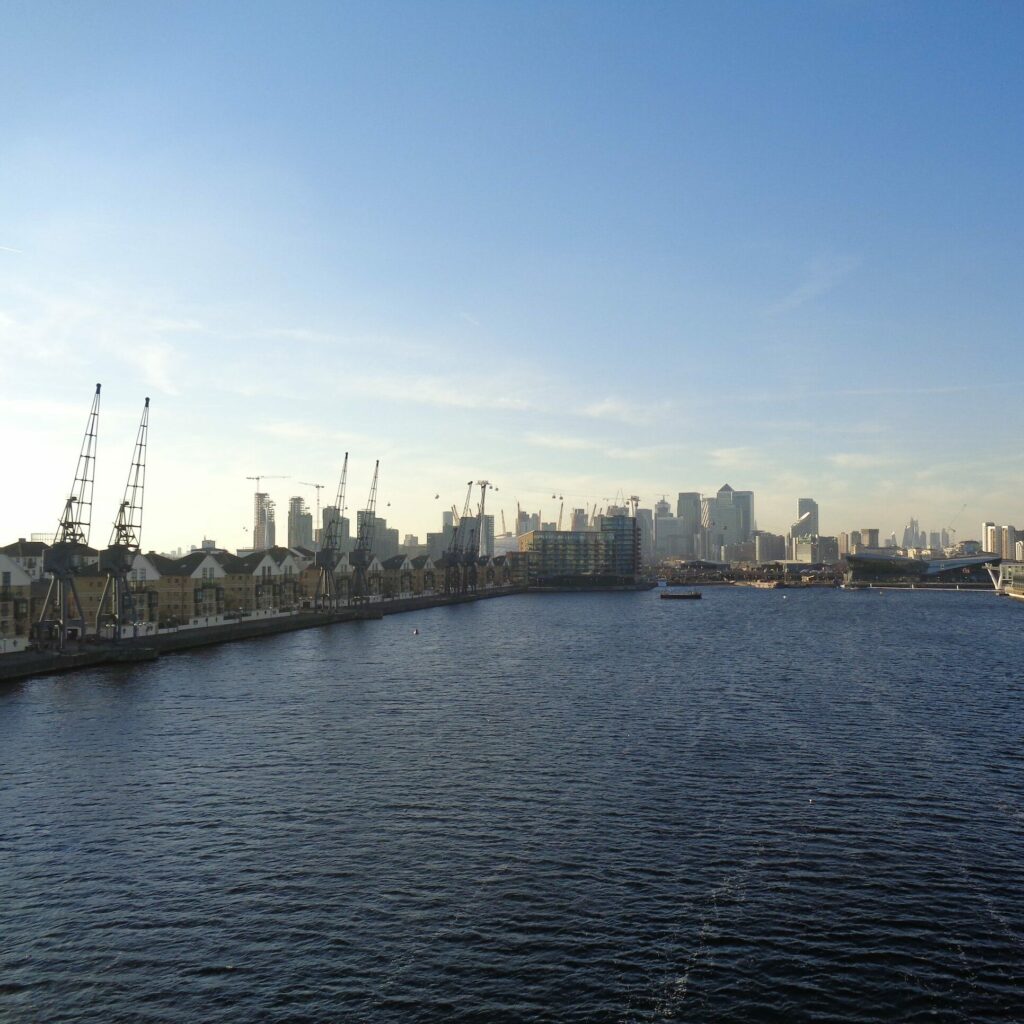
How to create an urban bike infrastructure that inspires city dwellers to bike through their city? City Architect of Copenhagen, Camilla van Deurs, shares some insights with topos on how to Copenhagenize your city.
Billboard
Skyscrapper
Halfpage
How to create an urban bike infrastructure that inspires city dwellers to bike through their city, thereby connecting parts of the city with each other?
The city of Copenhagen is a poster boy in terms of its bicycle-friendliness and even uses biking as a tool to achieve carbon neutrality by 2025. However, to most of the cities in the world it is all but easy to make room for cyclists, given the fact that the universal instrument of shared traffic infrastructure is neither a satisfying solution for cyclists nor for car-drivers and, for that matter, nor for the environment itself. City Architect of Copenhagen, Camilla van Deurs, shares some insights with topos on how to Copenhagenize your city.
How to Copenhagenize: Instigate incremental change
In Copenhagen, bicycle planning has happened incrementally over 50 years without a single masterplan, but several goals and strategies developed as the system became more and more extensive: from early bicycle lanes on roadways, safe routes to schools for children, to recreational bicycling in parks and connectivity over the water via the harbor ring bridges to the latest development of the “super cycle highways” connecting the city center to the suburban hinterland for longer commutes.
Medium Rectangle
Halfpage
Copenhagenize your City and focus on Hardware and Software
The Copenhagen model is based on providing hardware on-the-street alterations to the street section by adding a curb to protect cyclists, special “bike-boxes” or “awareness paint” in intersections, green traffic light waves for bicycles and physical interventions. At the same time, Copenhagen has conducted programs such as safe cycling campaigns or educational programs for children as well as immigrant women combining bicycle training with job training to enable them to be more independent.
Aim for single Agency Oversight
The development and implementation of all strategies within the same bicycle agency shortcuts slow bureaucracy and ensures a shared responsibility from planning to building with easy knowledge feedback-loops internally within the organization.
Use Metrics that reflect Values
The Copenhagen Council sets goals for the modal split of the city – 25 per cent walking, 25 per cent cycling, 25 per cent public transit and 25 per cent car – and a target of 75 per cent cycling. Annual bicycle surveys monitor the development and provide feedback to politicians and citizens on how developments are proceeding.
Get more information on Copenhagen’s tools to create a bicycle infrastructure while reading topos 117 – curated by West 8. Do you want to learn more about the city of Copenhagen? Read here about urban planner Jan Gehl who really shaped the City of Copenhagen.















